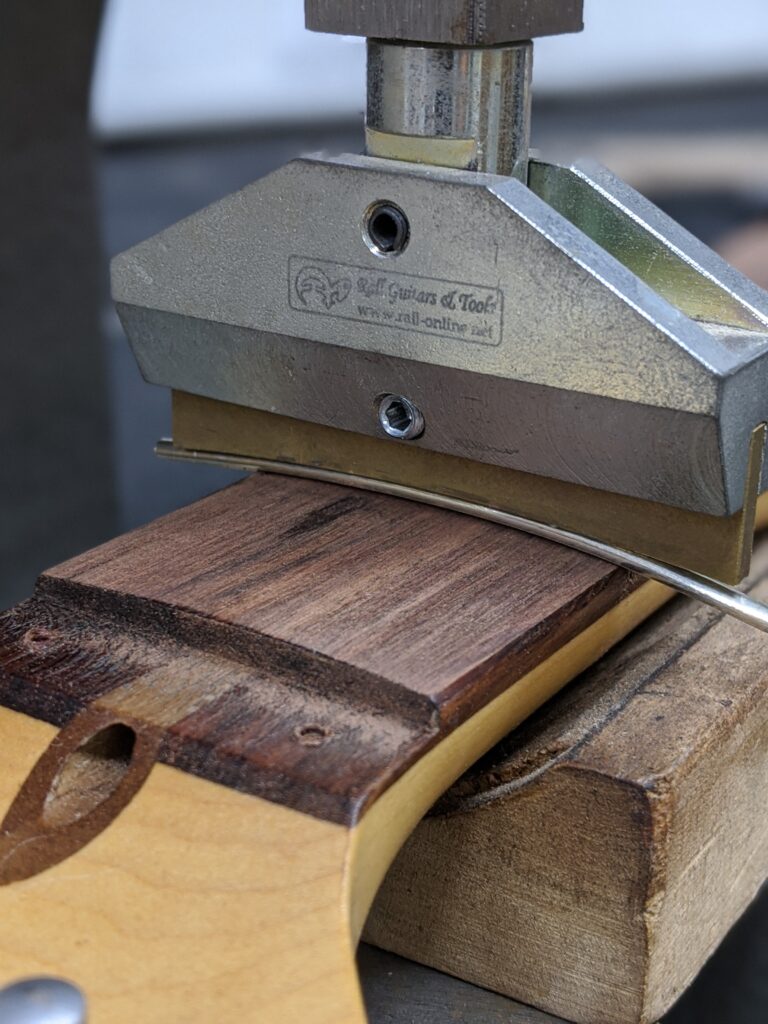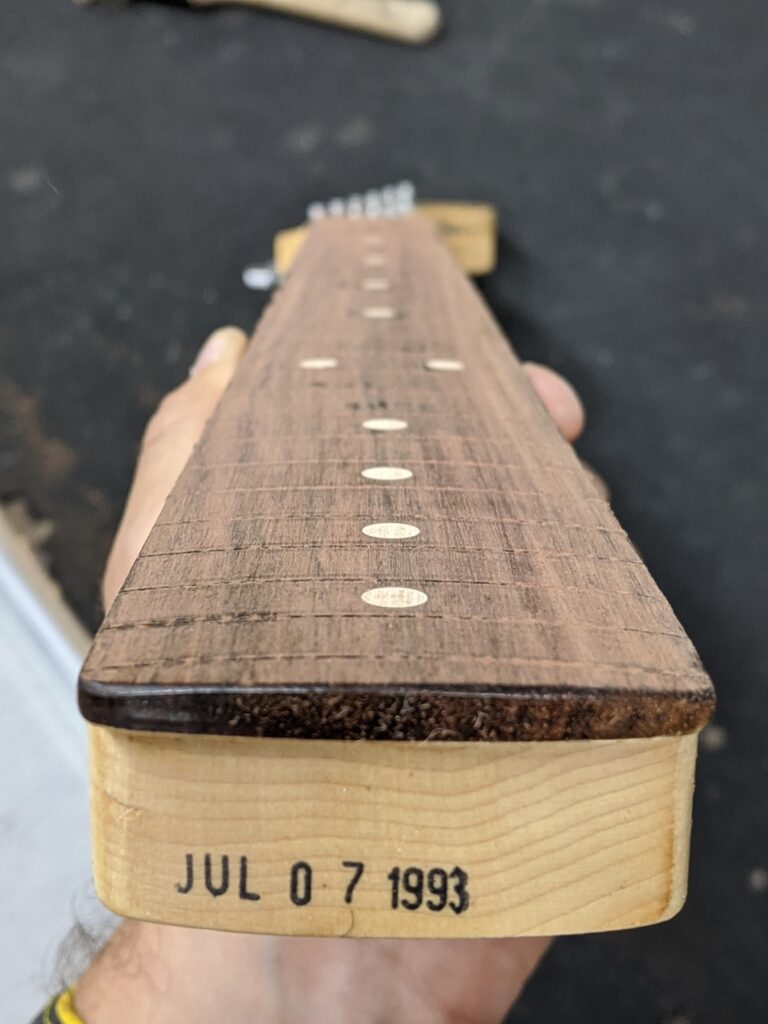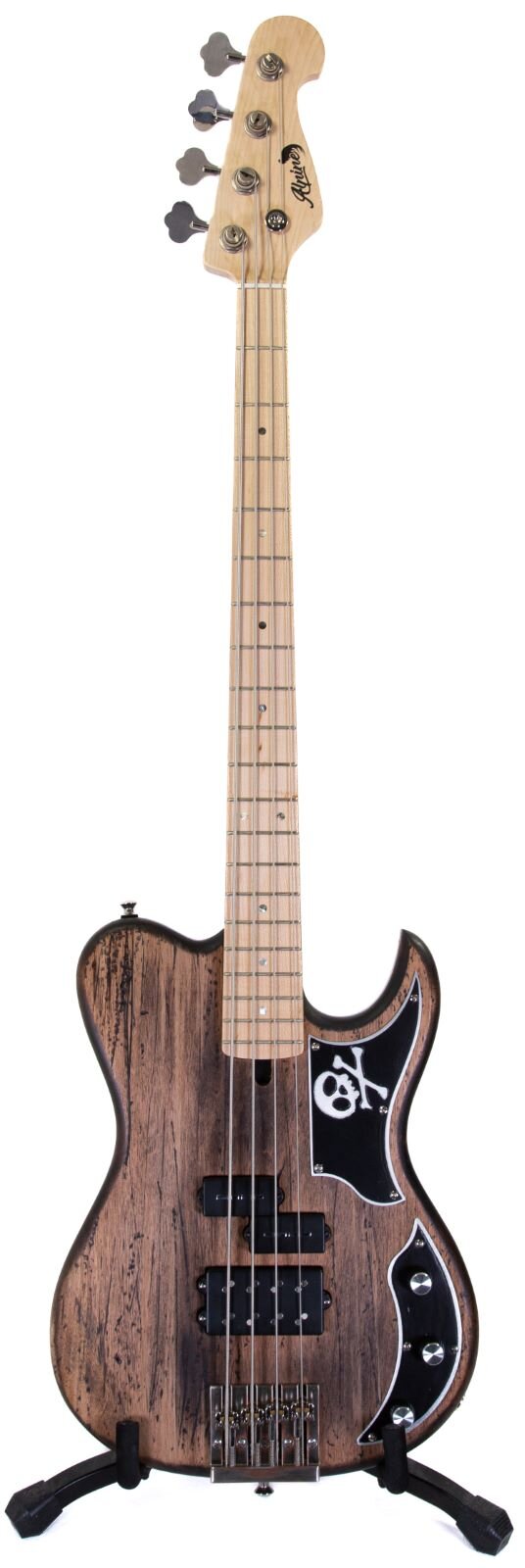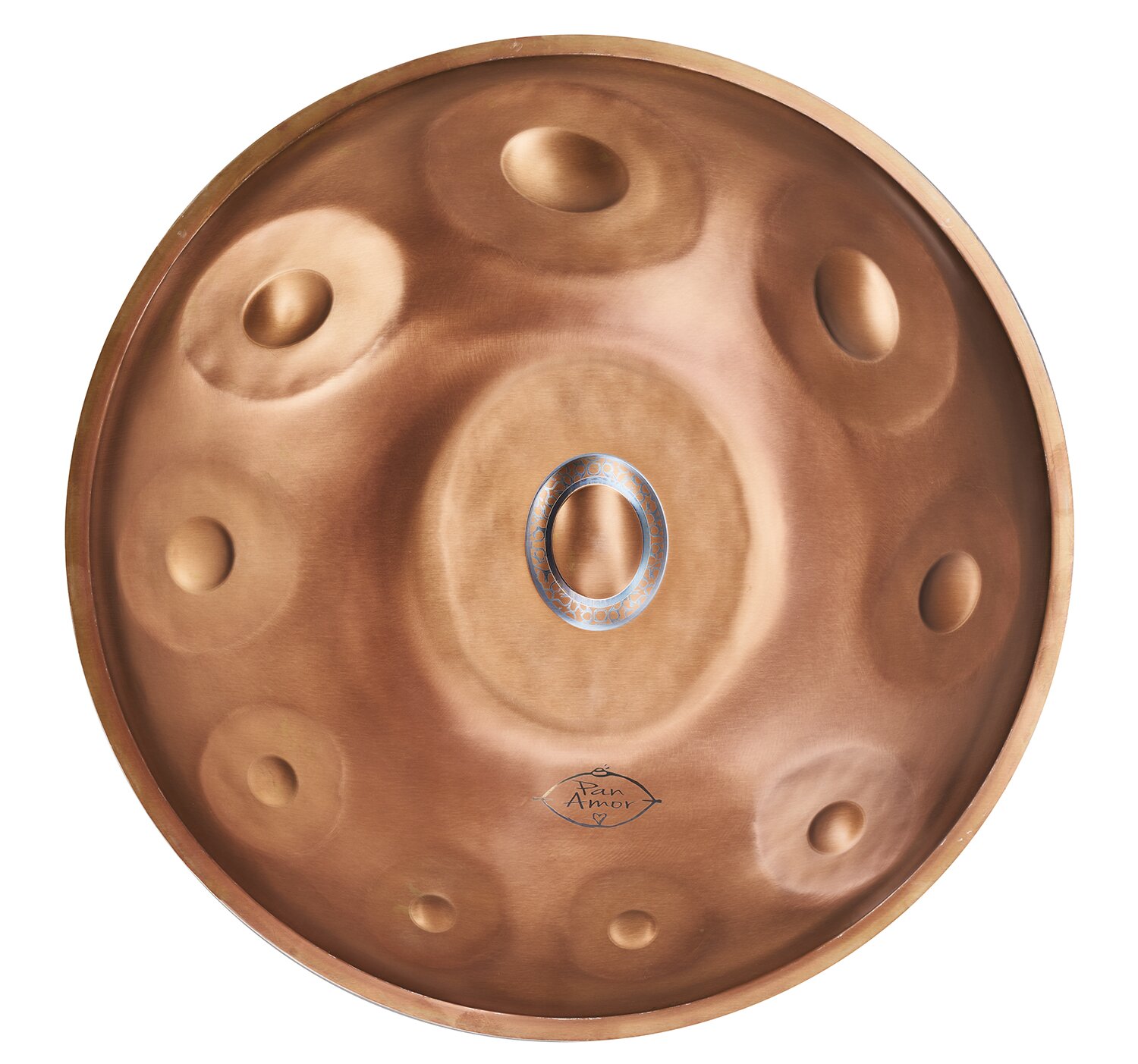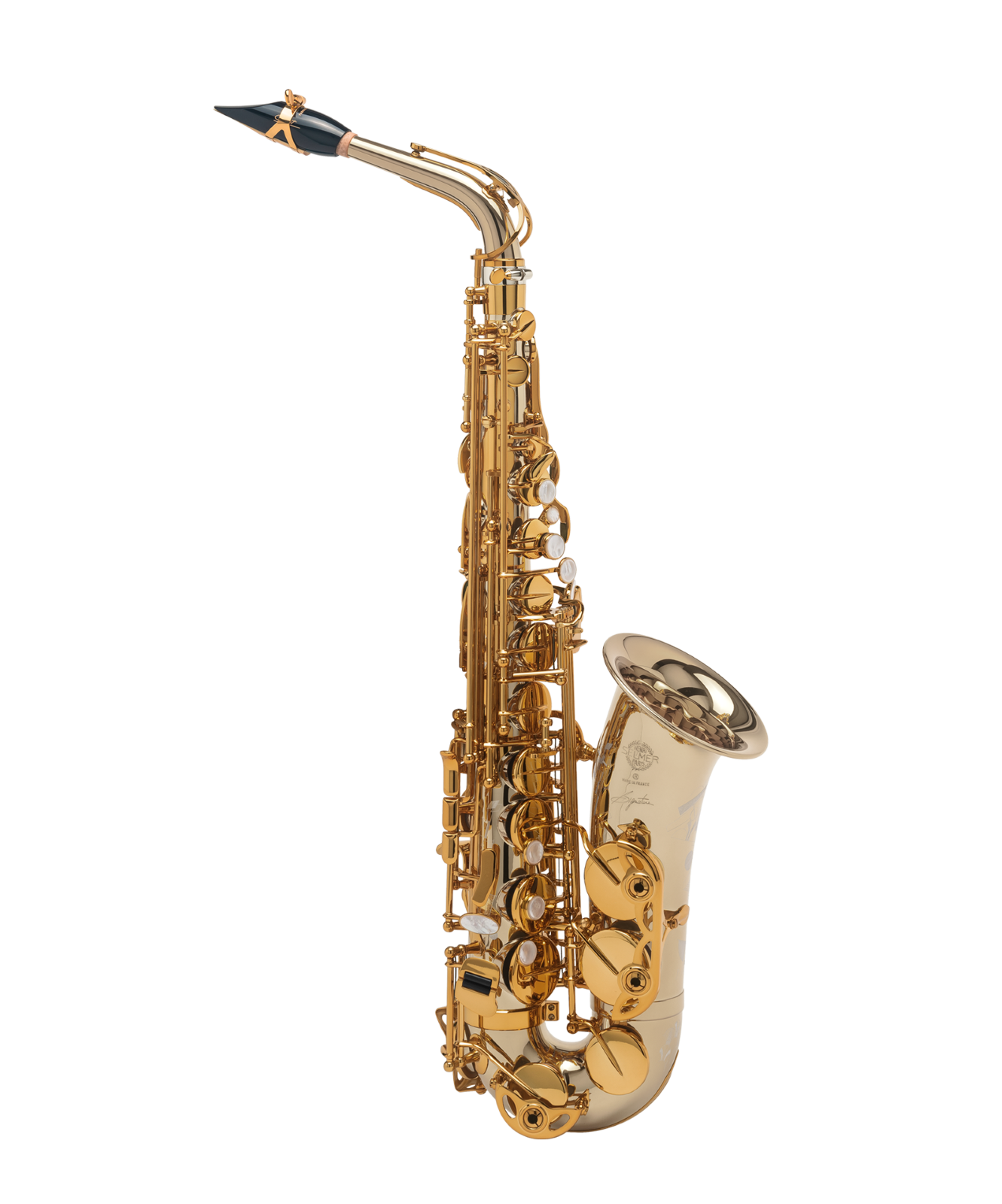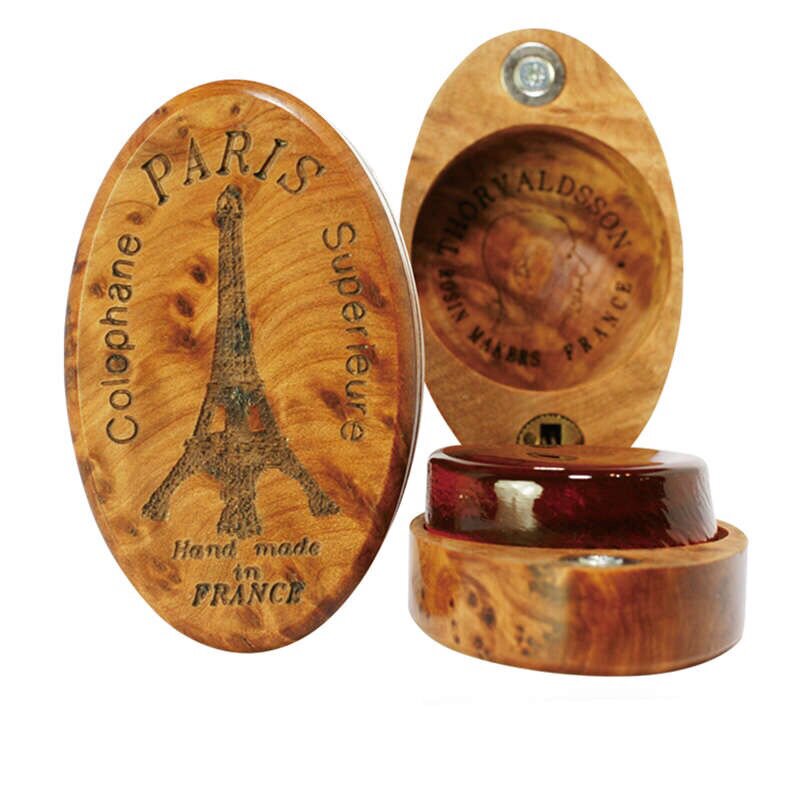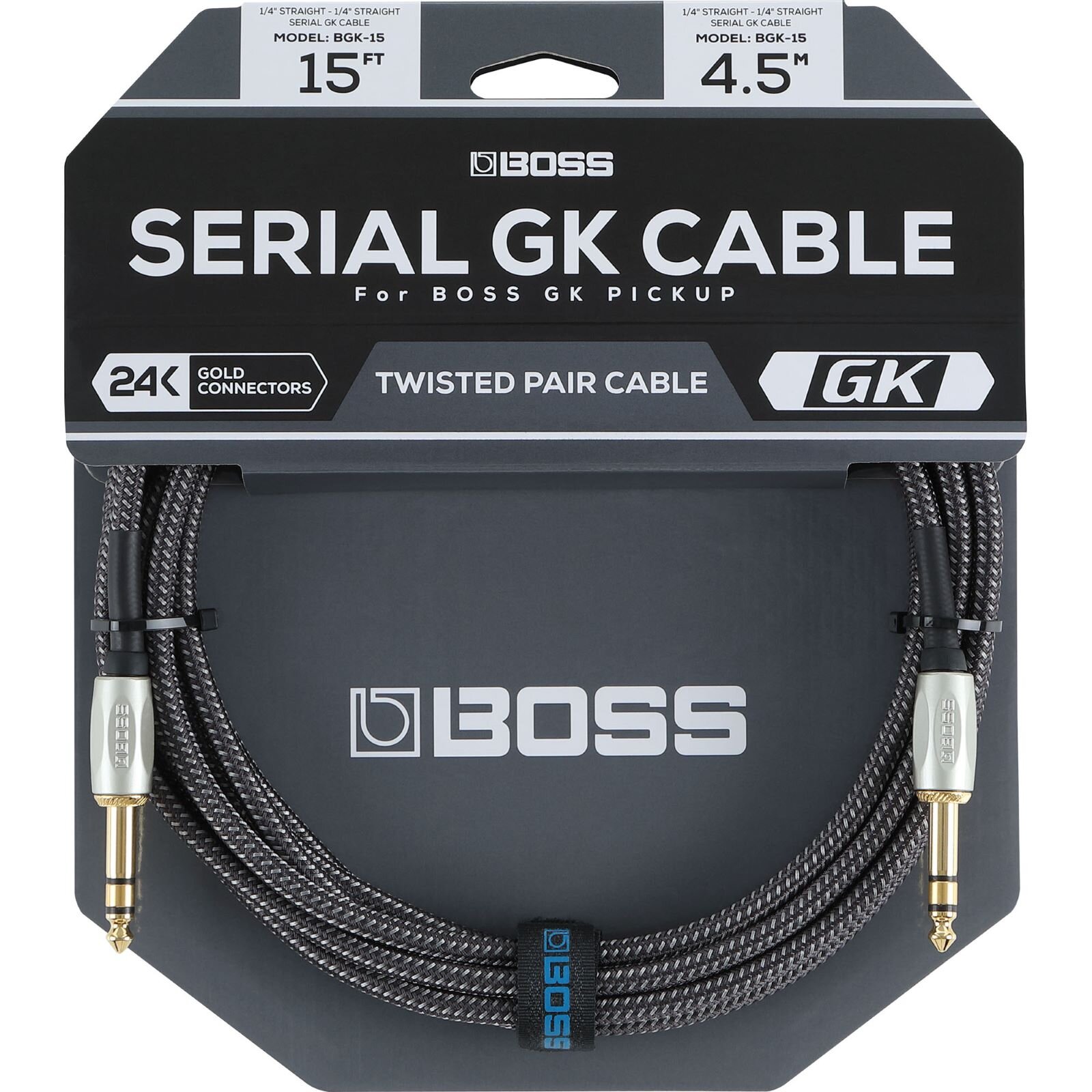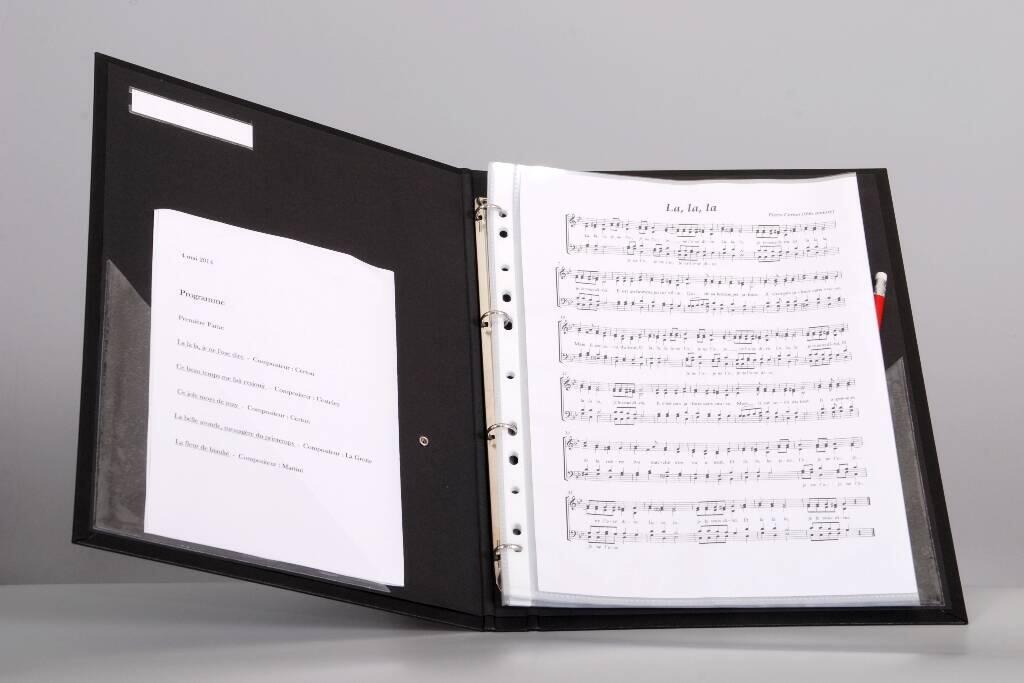Table of contents :
These small metal bars, called frets , are among the most important elements of your instrument. Their history is very strongly marked by changes in alloy, height, width and we now know that these modifications will have a strong impact on: the accuracy, the tone and the playability.
Accuracy and tone
You will sometimes notice hollows on your frets. They can be caused by intensive playing on the same area of the neck for several years, note bends, a guitar that falls and marks the fret or oxidized strings that will accelerate the aging process of the metal.
In addition to the frieze that will then appear, the sound will become flat (understand without relief) and will be only a small percentage of all its power. A fret that is too worn will result in wrong notes. You can also distort your playing if the frets are high and your hand is putting too much pressure on the neck. Any musician will have his preferences and habits, and it is sometimes complicated to radically change the pitch.
An anecdote, I remember a customer who all his life had played on Fender Stratocasters with vintage frets (small and narrow). His dream being to own a Gibson , he hadn’t realized that its frets were Jumbo (wide and high), the pressure exerted by his hand was too strong and the chords were completely wrong. We therefore made modifications to them in order to be closer to their Stratocasters.
Playability
When we talk about shrinking , we must talk about fingerboard radius, quite simply because your frets perfectly match the radius of the fingerboard.
For example, a 1954 Stratocaster guitar will have a radius of 7.25 inches, so a very pronounced curve that requires high strings to achieve full bends. On the other hand, a radius of 12 inches will provide a very low setting and modern playing comfort.
Opting for a choice of fret with a radius will directly change your comfort, playing style.
The size of the frets is also very important. Vintage guitars usually have thin, narrow frets. Modern guitars have larger frets with better sustain for faster playing.
The first justifications for refrettage are as follows:
– A desire to change the radius in order to optimize its playing comfort.
– A guitar played for years, consequence of an appearance of hollows on the frets.
– A badly designed neck at the start with an unstable wood and a guitar that curls.
– The change of alloy: whether EVO-GOLD, STAINLESS or 18% STANDARD in order to optimize your instrument and make it more qualitative.
If you need more advice and information on refretting or refretting your guitar, I would be happy to welcome you to the store, you can request a repair online or call me on 021 811 28 75.
Jerome
Luthier guitars at Boullard Musique
